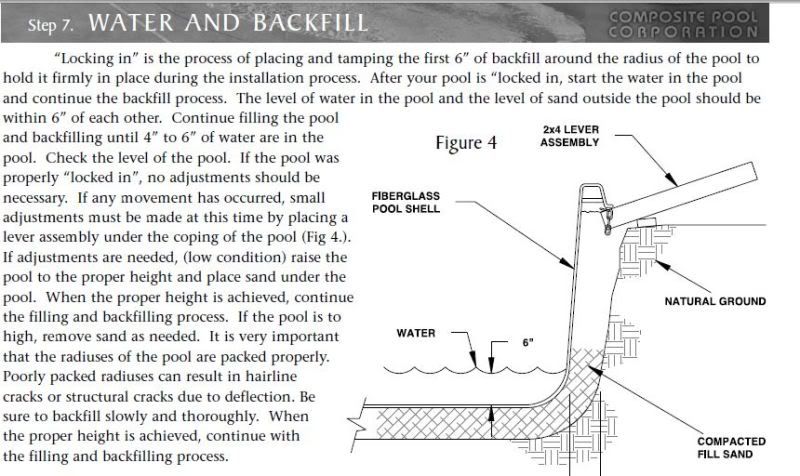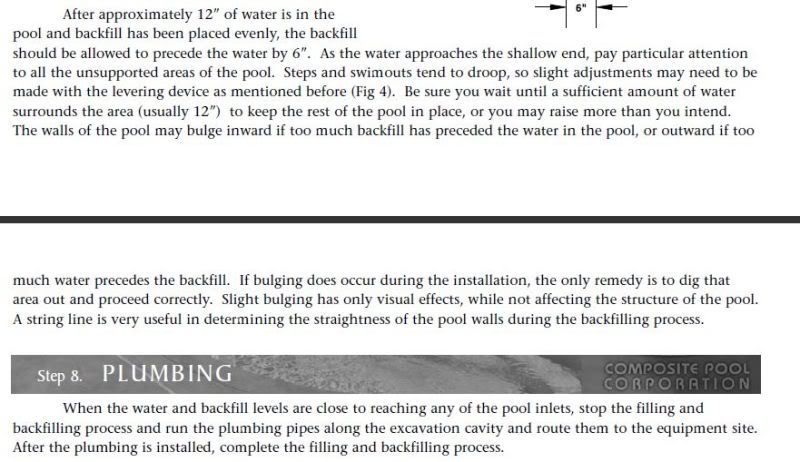- Jan 6, 2012
- 1
Hi :-D I am newly registered but have read this forum for a long time. Our pool has about the same timeline as yours. This is supposed to be a joyous experience right? So I thought! Ours has been the nightmare from heck! We got the Rockport. We asked that they let us know when it comes in so we can witness our baby being dropped in the ground. I mean, when you spend that much money, you want to witness it being "born" right? No, they called us AFTER it was in the ground. So anyway, you think OK whatever, we have a pool now even after having NO communication with the installers. Waiting on getting the coping formed and poured, we had a big rain. (East central Kansas) Guess what? Our pool floated out of the ground!!! Guess what ELSE? They say it is an "act of God" and is not their fault. YOU KNOW, how much we had to spend on the pool. Well, they want $6000 to fix it. I have never been so sick in my life. Sounds like you have had a great experience (as it should be). They will be out next week to begin the REdo of my pool. I don't want to see those guys, I don't want to look at them. I am SO FREEAKING MAD I could.....just.... well you know.  Anyhow, If I had any advice for someone looking to buy a Fiberglass pool, it would be to REALLY get some references and a garauntee of workmanship from the contractors. Ours have ruined our experience of the whole process and drained our pockets to boot. Had to go back to the bank and ask for more money!!
Anyhow, If I had any advice for someone looking to buy a Fiberglass pool, it would be to REALLY get some references and a garauntee of workmanship from the contractors. Ours have ruined our experience of the whole process and drained our pockets to boot. Had to go back to the bank and ask for more money!! 
 Anyhow, If I had any advice for someone looking to buy a Fiberglass pool, it would be to REALLY get some references and a garauntee of workmanship from the contractors. Ours have ruined our experience of the whole process and drained our pockets to boot. Had to go back to the bank and ask for more money!!
Anyhow, If I had any advice for someone looking to buy a Fiberglass pool, it would be to REALLY get some references and a garauntee of workmanship from the contractors. Ours have ruined our experience of the whole process and drained our pockets to boot. Had to go back to the bank and ask for more money!! 



